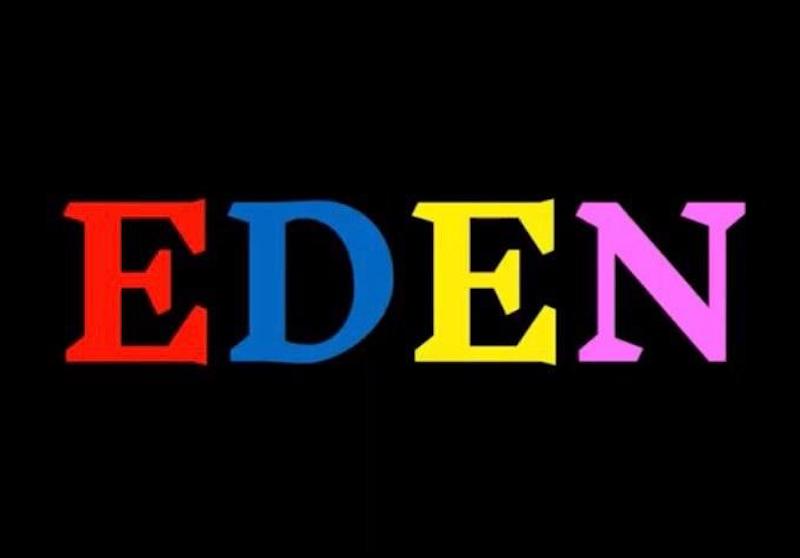
With a description that promised that “these violent delights have violent ends”, Niamh O’Farrell-Tyler’s Eden intrigued from the off. The play – which is the second DU Players Freshers Show of 2020, following A Crop of Freshers released in October – explored the intersection of gender, sex and violence through two conversations between four characters – Red, Blue, Pink and Yellow.
Co-directors Niamh O’Farrell-Tyler and Emma Norse took advantage of the current restrictions in their staging. Eden was presented through voice-over dialogue with lava lamp-like colours – representing each of the characters – swirling in the background. Opening with “for your auditory displeasure” as an epigraph, the tone for the format of the play was deftly set.
As the background shifted to red and blue hues swirling across the screen, the play began with Jack Brocklebank, as Red, in heated conversation with Alexandra Keaney’s Blue. This move into the first sequence was disconcerting at first, plunging the audience directly into the middle of a tense exchange. However, this was presumably O’Farrell-Tyler’s intention, as it resonated with the abrupt style of the play as a whole.
Through the progression of fast-paced dialogue, the audience was immediately faced with themes of sex and violence. This was exhibited through Red and Blue’s conversation constantly coming back to the question of whether or not they would sleep together – an act that was described through images of brutality by both parties.
Neither Keaney nor Brocklebank were daunted by this almost Beckettian exchange, and played off of one another fluidly. This was especially noticeable as an audience member who could only hear the conversation. The dynamic between the pair culminated in their overlapped voices creating an auditory overload, which was aptly conveyed through Kallum Linnie’s sound editing – both voices were made distinguishable to the audience, thereby enhancing the tension of the scene.
The play’s biblical allusions were also elucidated in this first section, through Blue’s mention of having come from a rib (harking Eve having come from Adam’s rib) and Red having been born of a woman. O’Farrell-Tyler cleverly used this moment to bring up the question of gender, with Blue desiring to be a man’s rib.
Just as the overlapping voices culminated, the screen cut to black for the intermission, with a contrastingly mellow instrumental version of “The Girl From Ipanema”. Following this interlude, the second conversation was presented, between two female characters – Abigail Ní Mhaolchatha’s Pink and Lisa Bussi as Yellow.
While, at times, this exchange mirrored the last in its heated nature, it showcased an escalation of violence intermingled with the play’s sexual imagery. Most notably perhaps, this conversation introduced the idea of gender and social constructs regarding sex. The dialogue between the domineering Yellow and the more submissive Pink was almost reminiscent of the patriarchal voice of supposed “reason” omnipresent in women’s minds.
Both actresses captured the mood perfectly, with Ní Mhaolchatha nailing Pink’s vacillation between rebellion and fear toward her counterpart, and Bussi astutely conveying Yellow’s sinister and threatening tones. Eden concluded on a haunting note with Pink’s wails and hysterical cries, and Yellow’s contrasting, authoritative “do you feel better now?” which left the audience mulling over the ambiguous questions raised throughout the performance.
Eden is available to watch on the DU Players’ YouTube channel.






